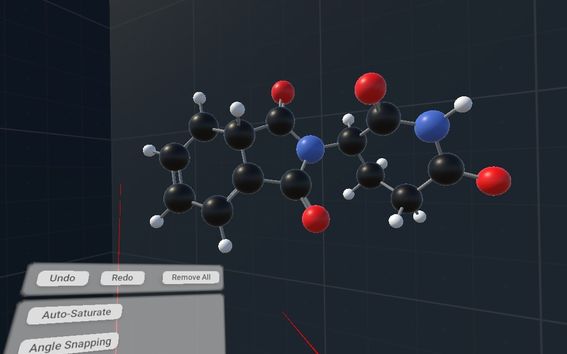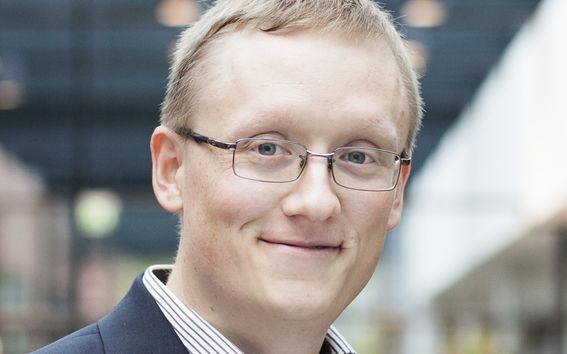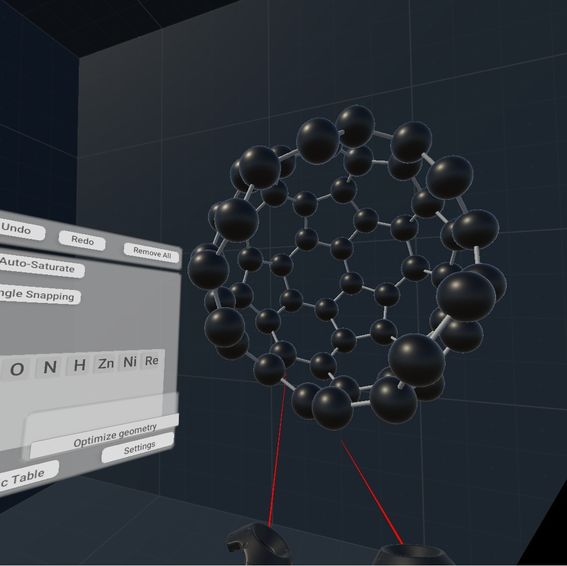Professor Karttunen had enough of clicking on two-dimensional molecular models – the virtual world brings chemistry alive


Professor Antti Karttunen was genuinely irritated. He was clicking on the two-dimensional molecules on his screen and thought that there must be a better way to illustrate atoms and bonds. As virtual reality technology progressed he did not hesitate to start developing it to be suitable for teaching.
‘In the virtual world students can practice intermolecular reactions and perform experiments that would be dangerous in a real laboratory.’

In the virtual world, one of the most important basics of chemistry is stored directly in the students’ consciousness. Molecules are three-dimensional, and their structure matters because it determines whether, for example, a molecule is a drug or a poison.
Previous generations of chemistry students have grown up in a world where the three-dimensional elements of chemistry have been illustrated by physical ball and stick models. The balls are the atoms and the sticks represent the bonds. A tactile model made up from balls and sticks turns into a virtual model.
In addition to acquiring the appropriate technology, creating a virtual course requires user interface expertise and making sure the course content is fit for the virtual world. The method is particularly suitable for subjects like chemistry where 3D and interactivity play major roles. Virtual reality isn’t suitable for all courses as taking notes and team work whilst wearing VR goggles can be challenging.
From the virtual world to hologram glasses
Teamwork and note-taking will become easier in the future. Heavy VR goggles will also become a thing of the past. With augmented reality and light hologram glasses, a chemist can create virtual molecules even on their own desk. If their partner also has glasses, they both see the same molecules in front of their eyes and team work becomes easier.
Glasses with a hologram display are however not yet widely available. However, the availability and price of virtual technology devices make them realistic investments. Following the development of virtual reality technology has made Karttunen also confident in future hologram technology.
‘I believe that within five years the technology will develop so much that hologram glasses will be used by chemists,’ says Antti Karttunen.
In the video doctoral candidate Otso Pietikäinen shows how augmented reality is used in chemistry (subtitles are in Finnish).
Read more news

DeployAI Partners Gather for Heart Beat Meeting in Helsinki
The European DeployAI project's partners gathered for the Heart Beat meeting hosted by Aalto University Executive Education in Helsinki.
Get to know us: Associate Professor Maria Sammalkorpi
Sammalkorpi received her doctorate from Helsinki University of Technology 2004. After her defence, she has worked as a researcher at the Universities of Princeton, Yale and Aalto.
Aalto computer scientists in ICML 2024
Computer scientists in ICML 2024